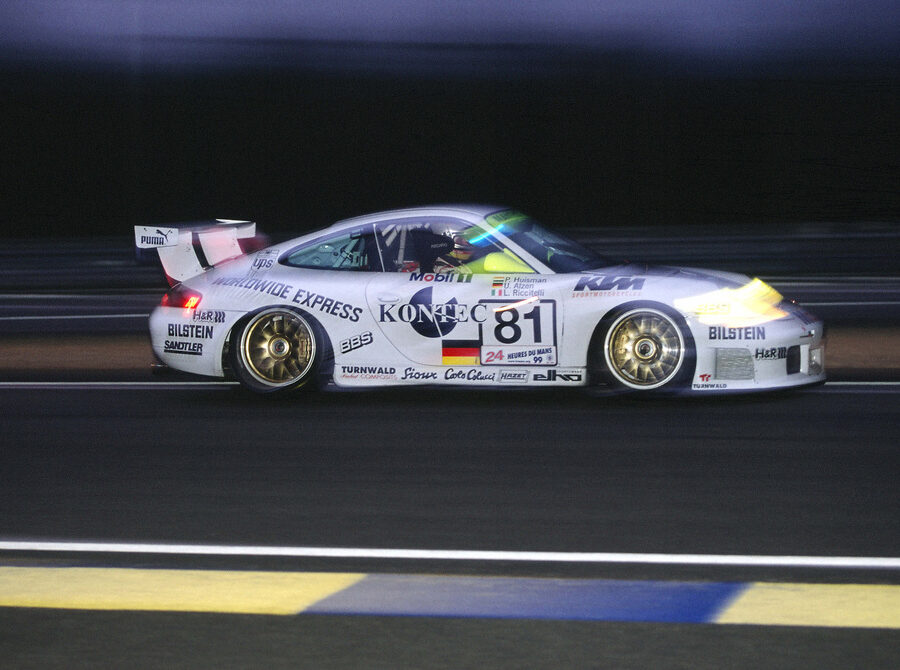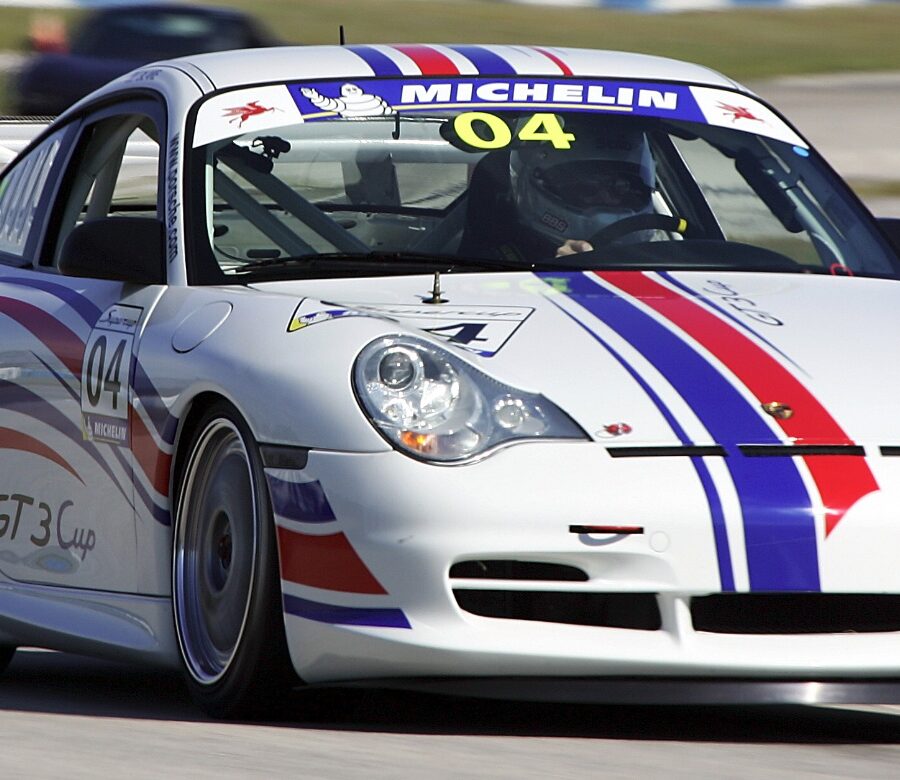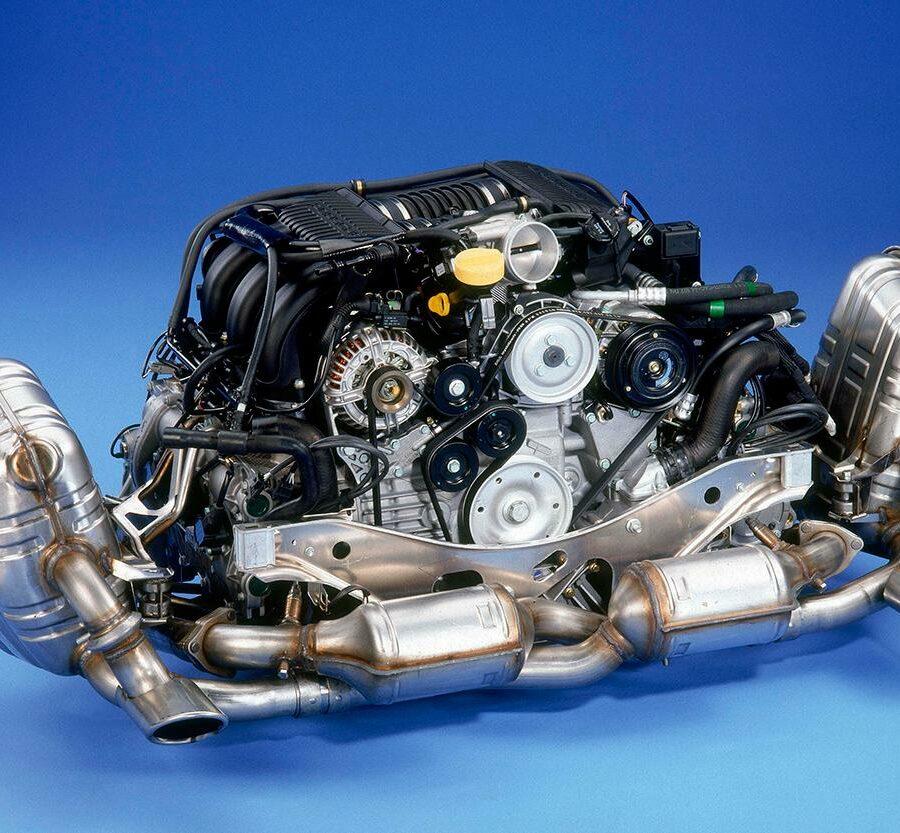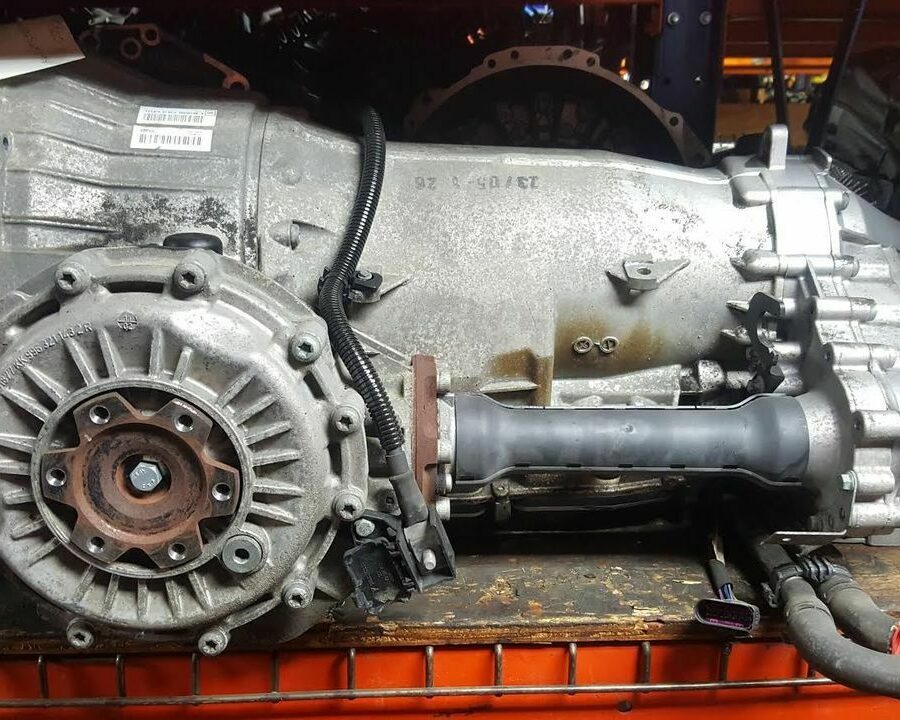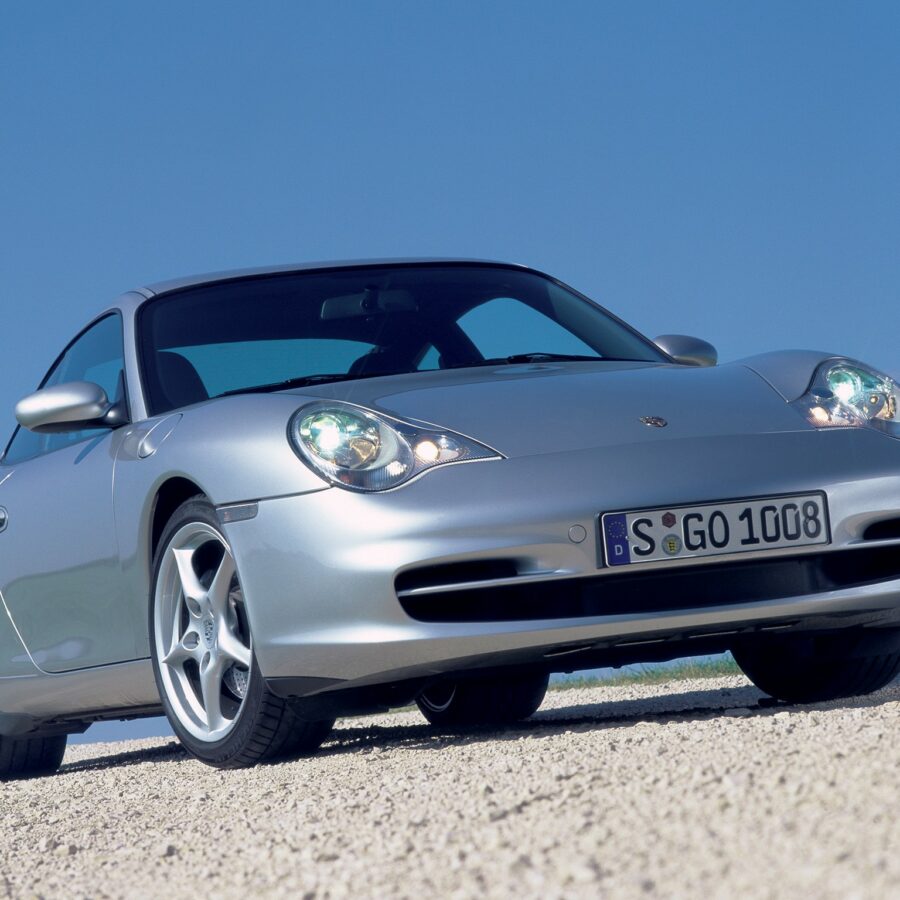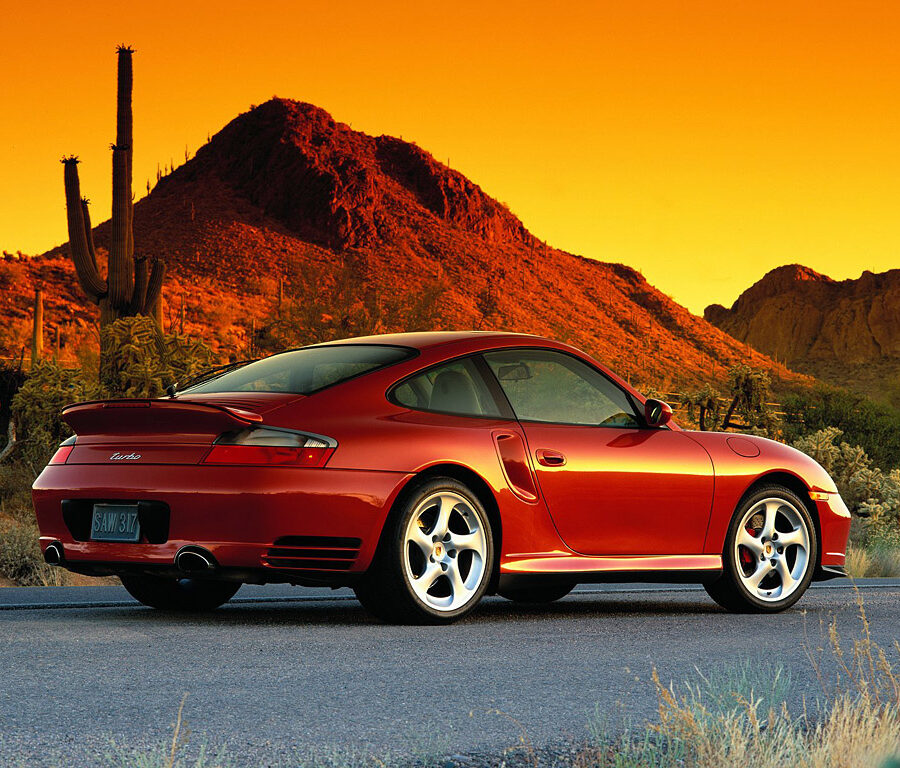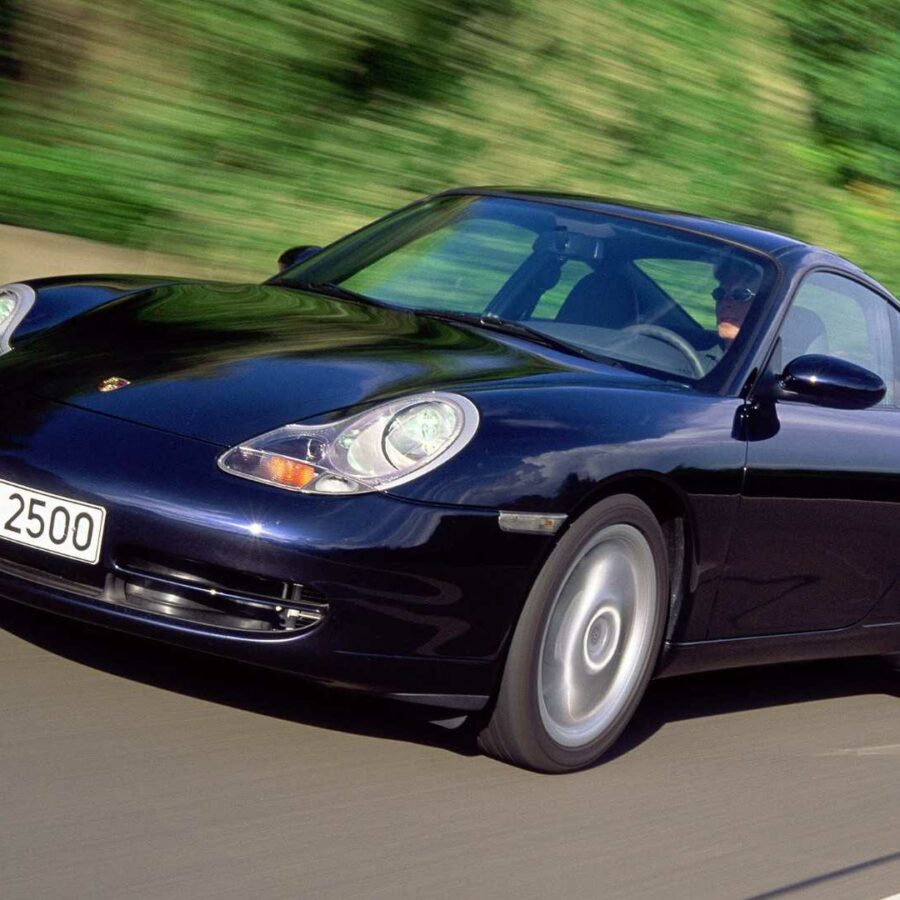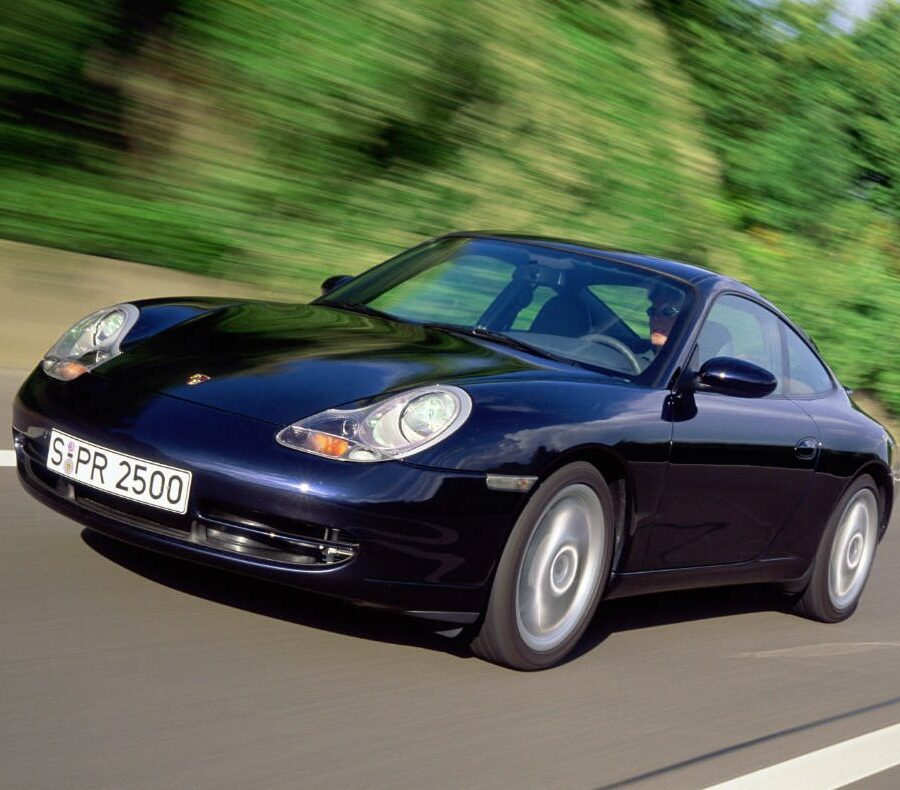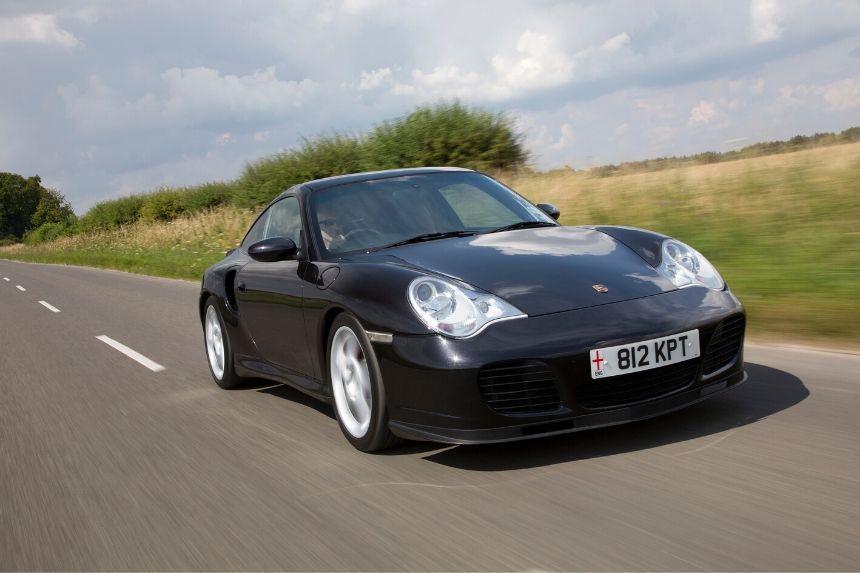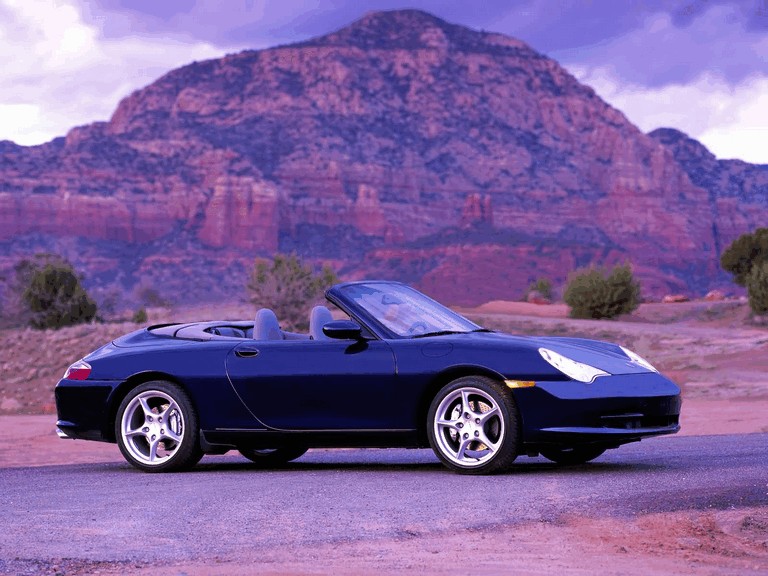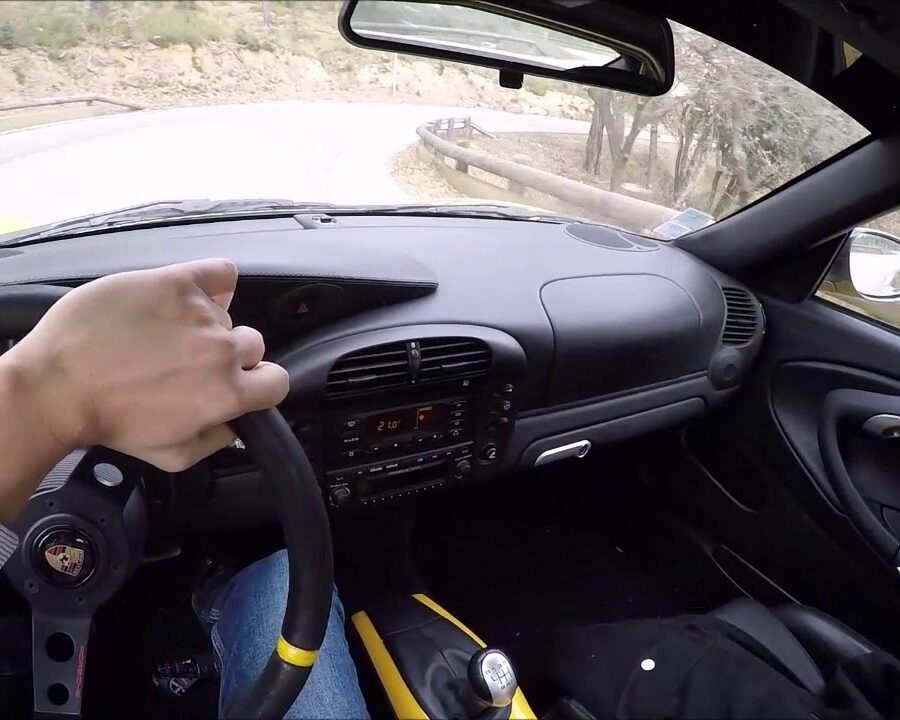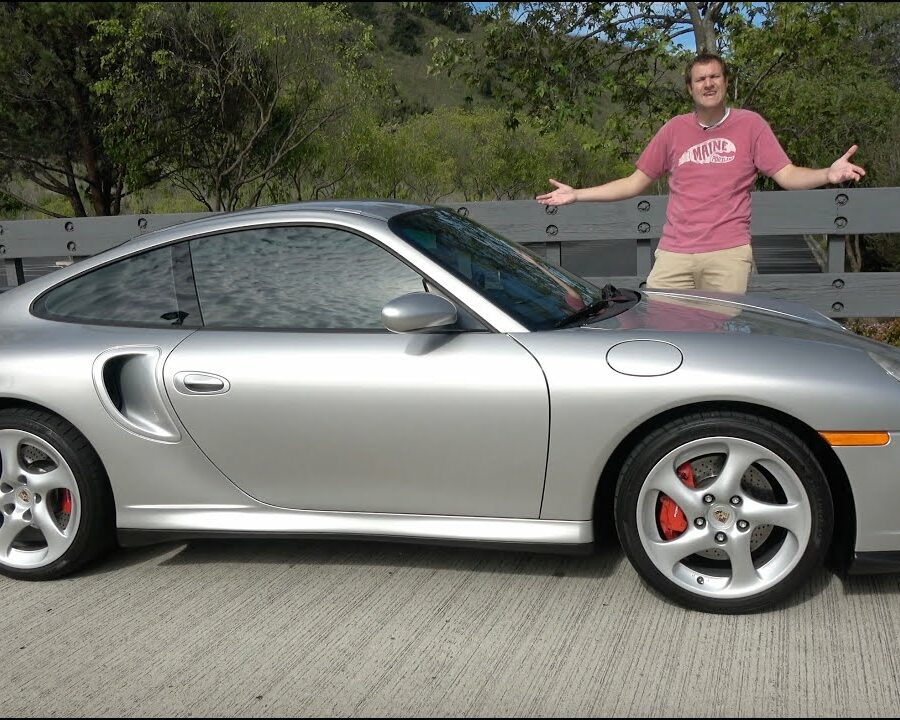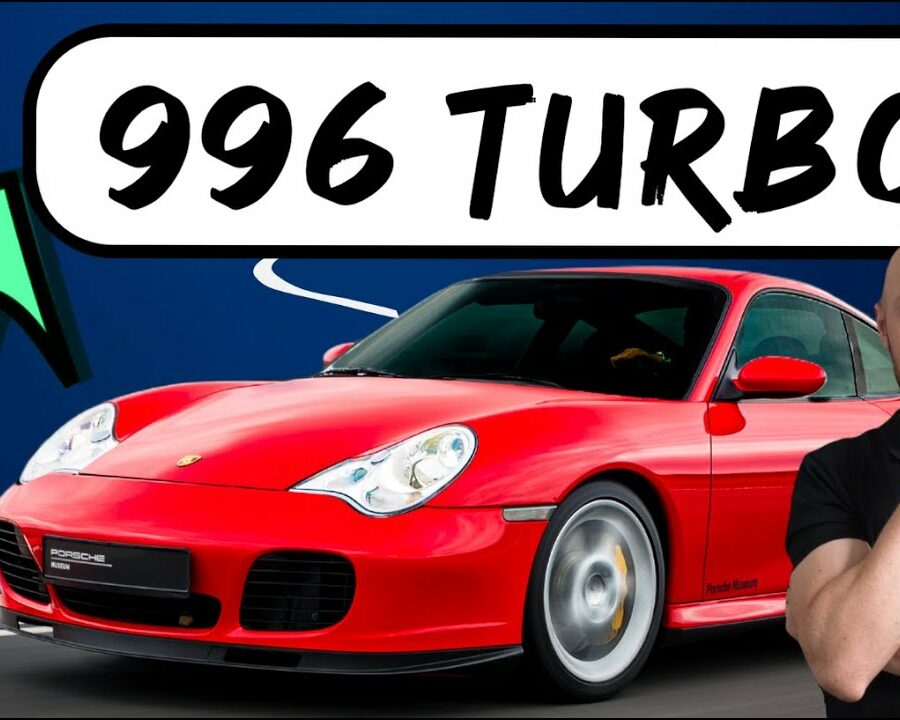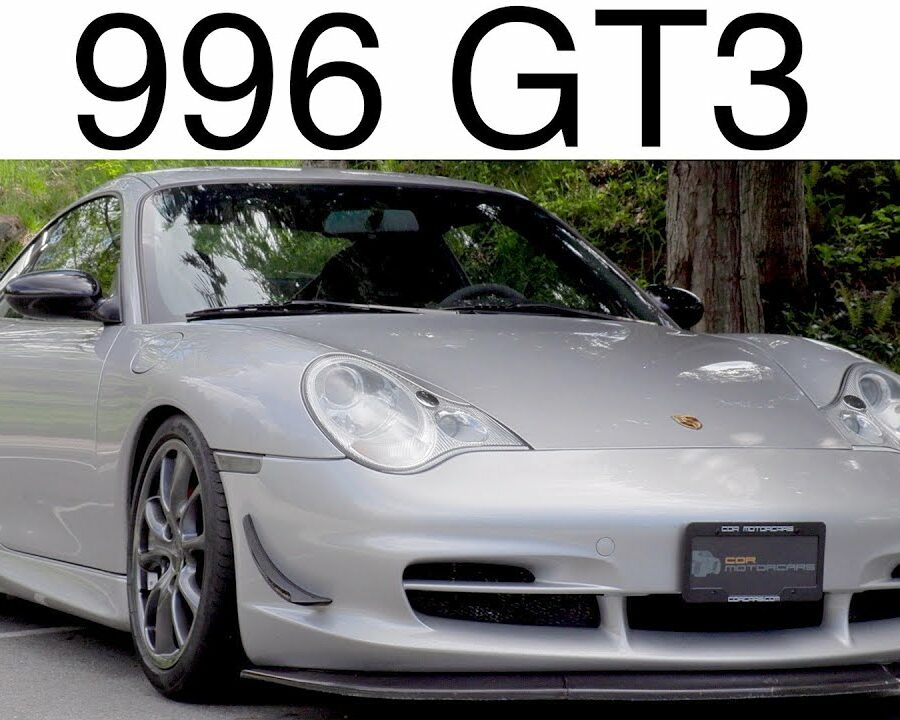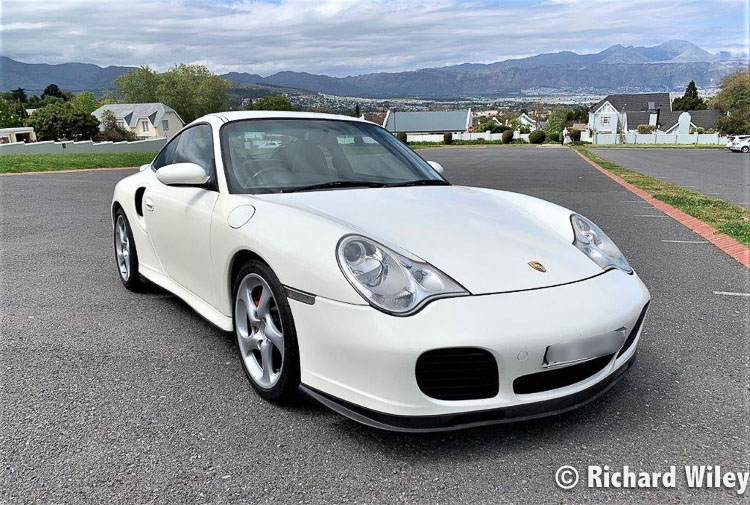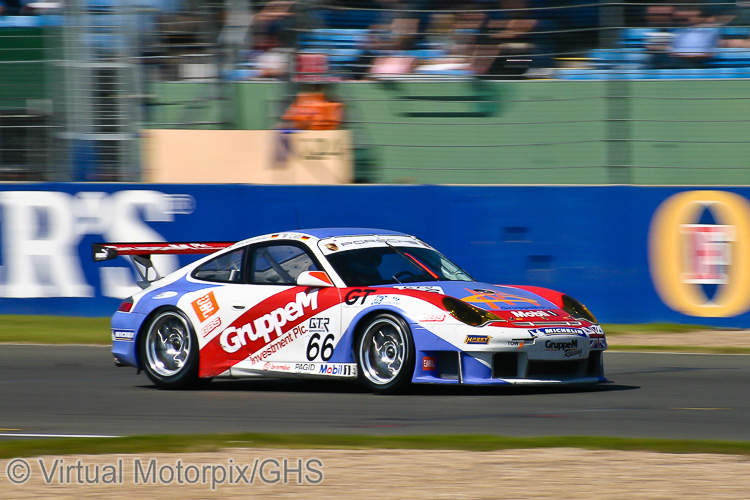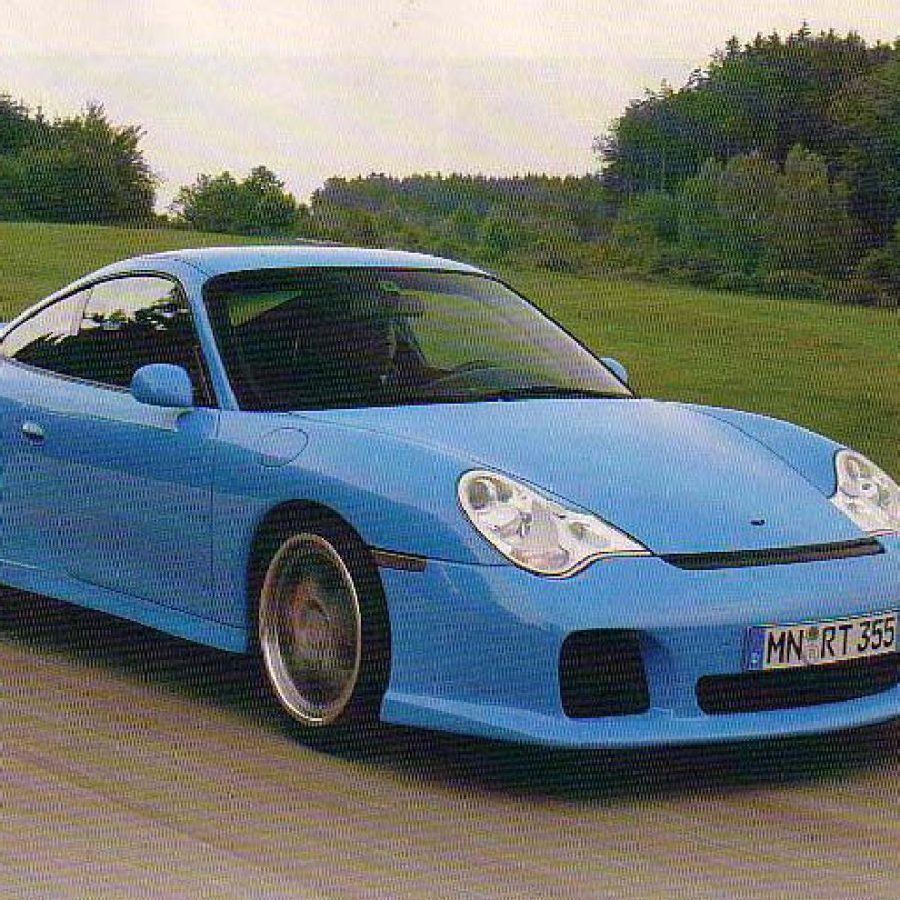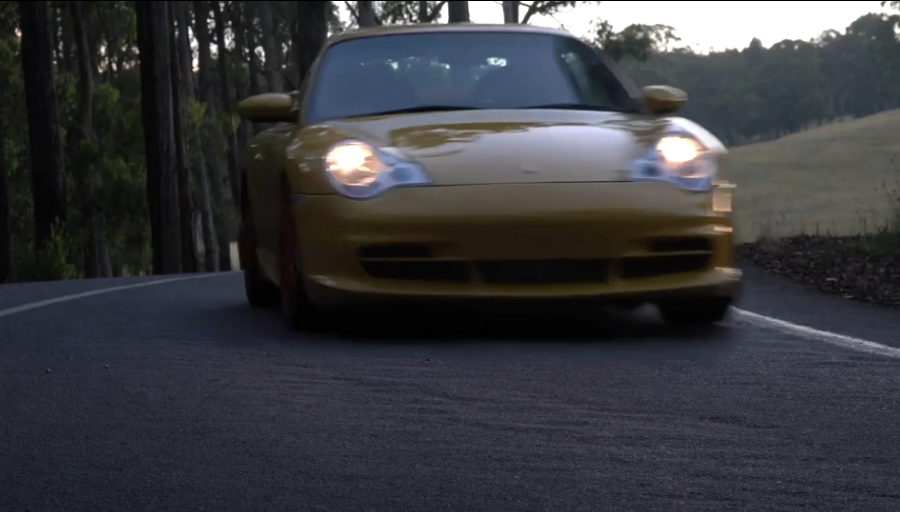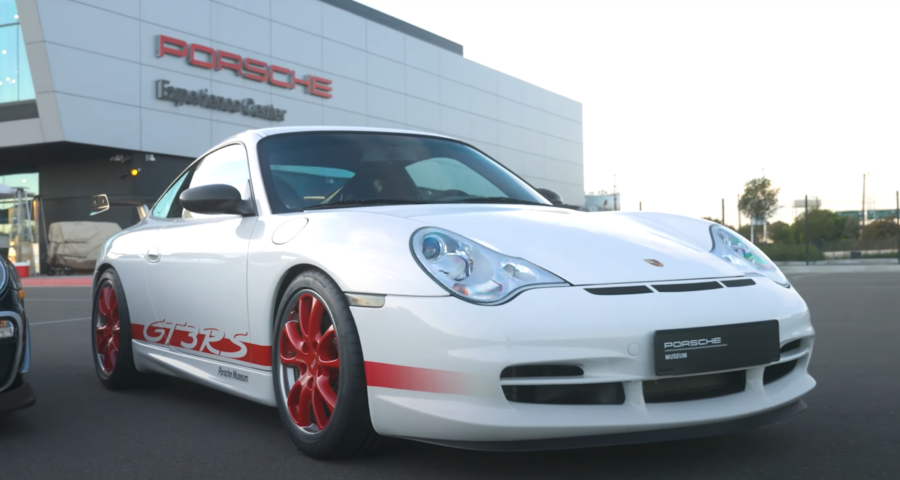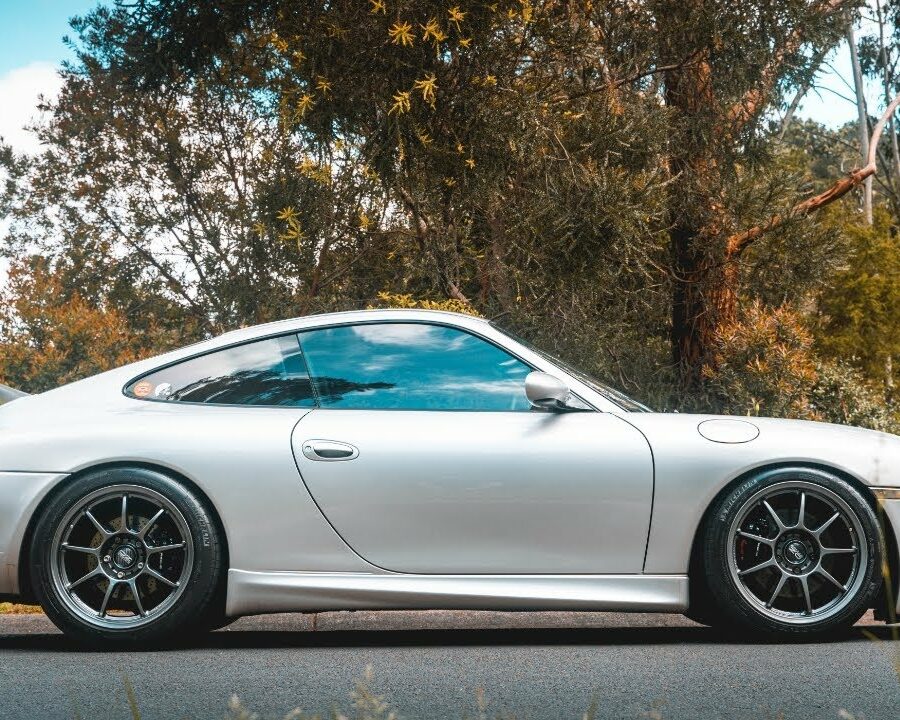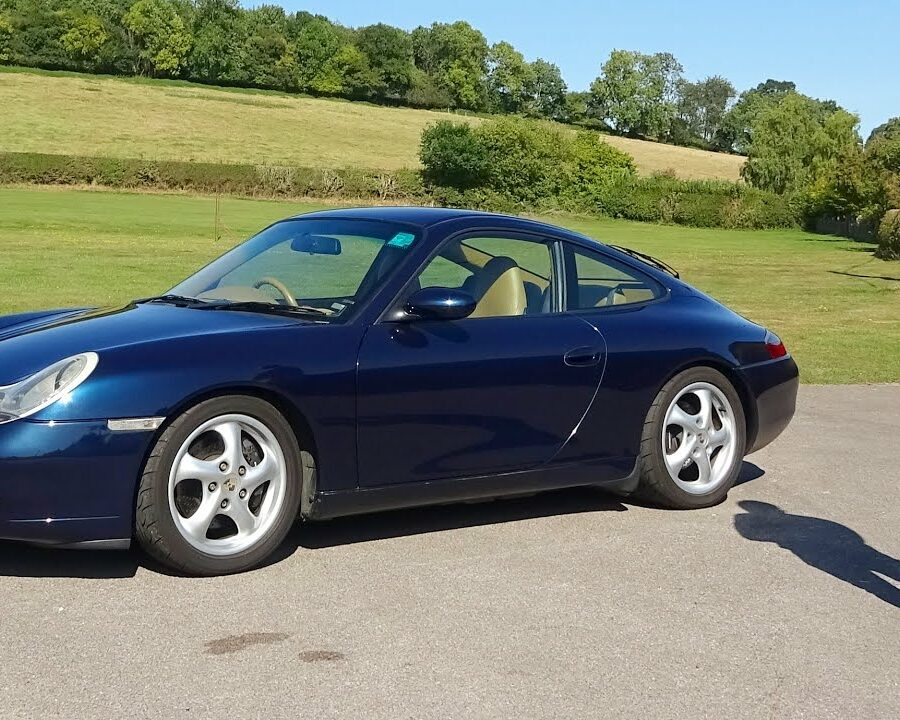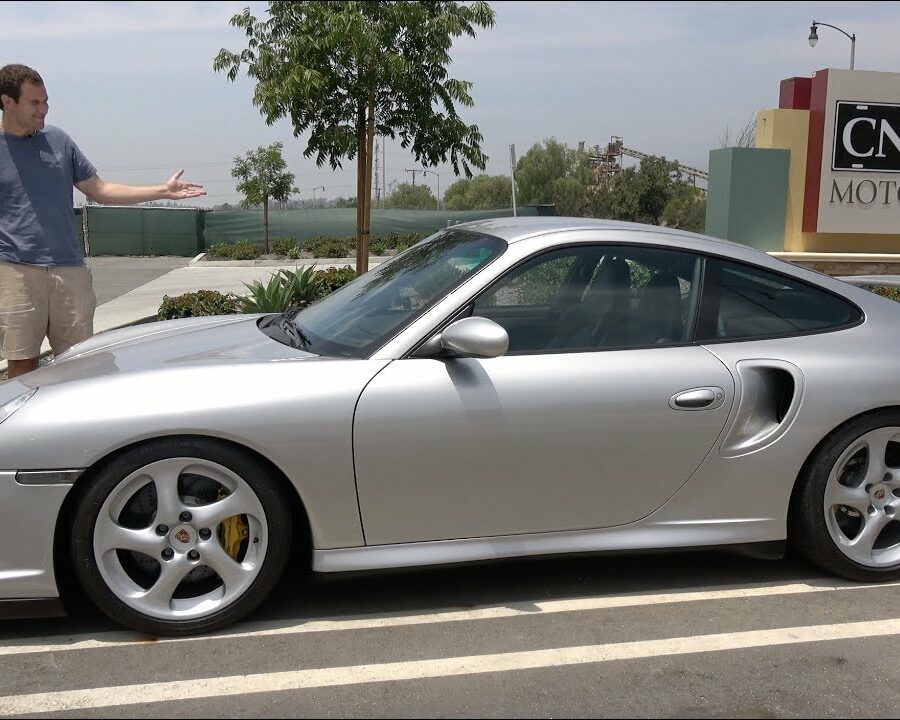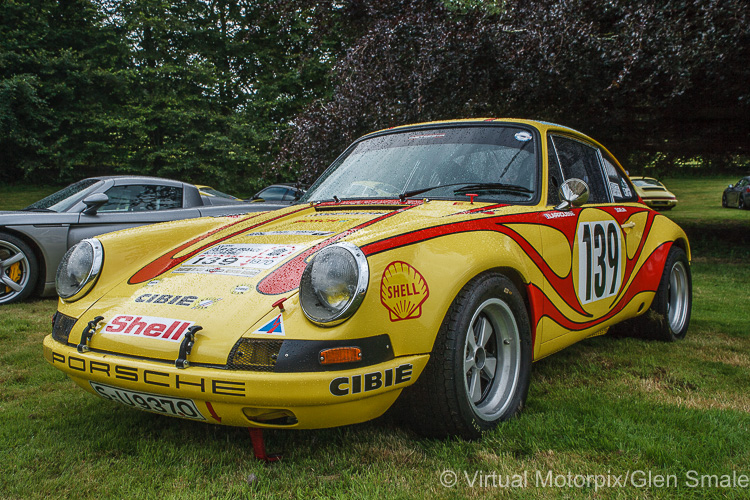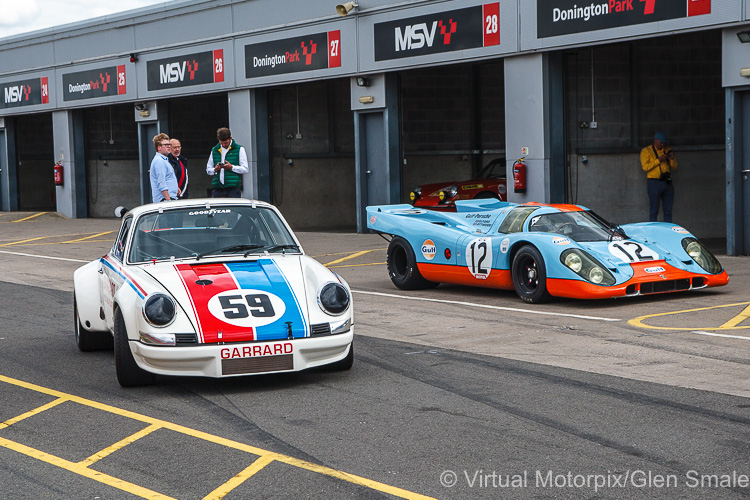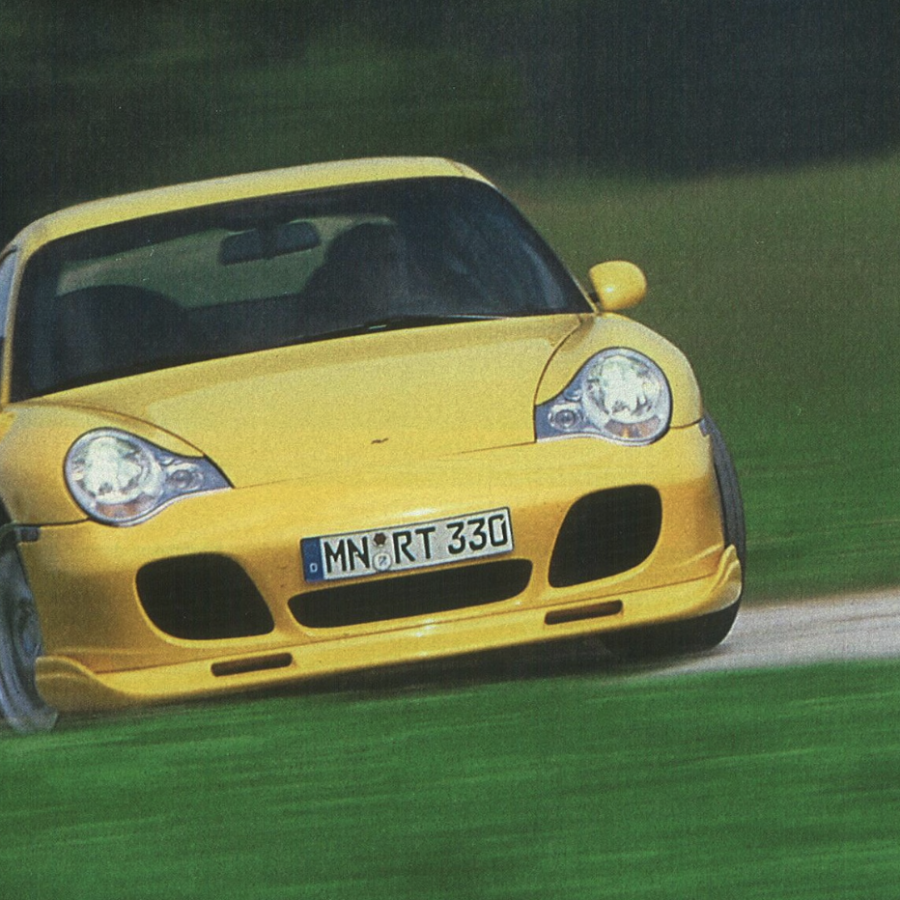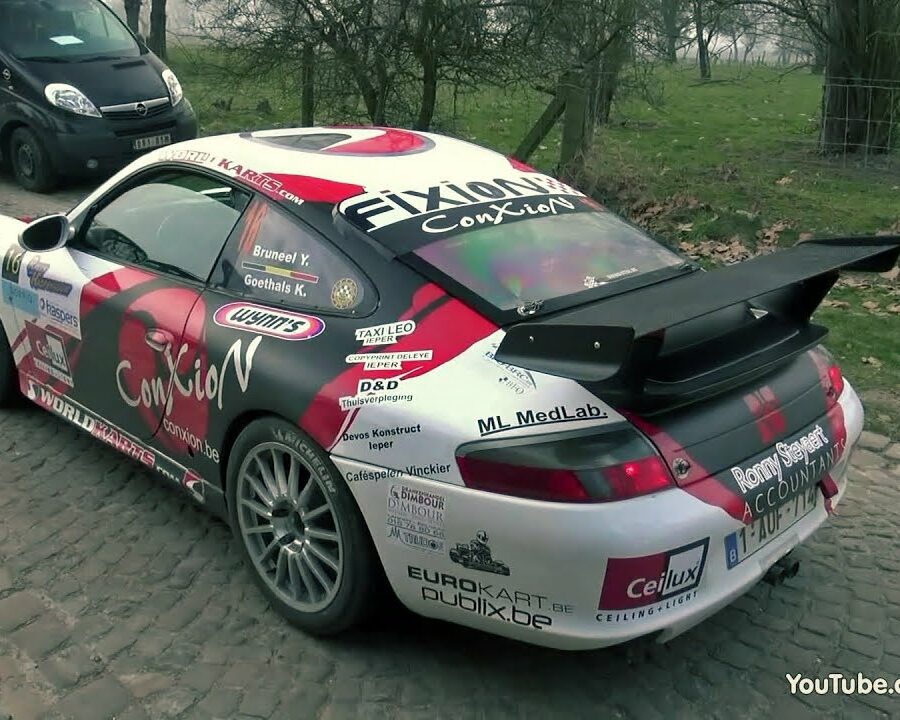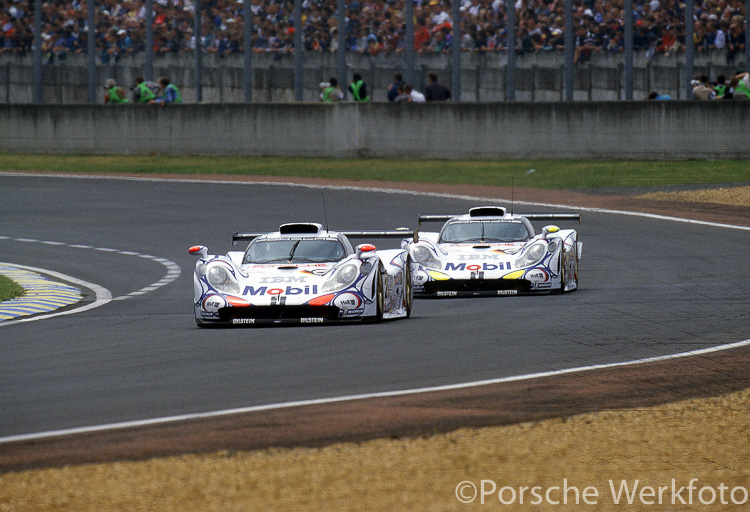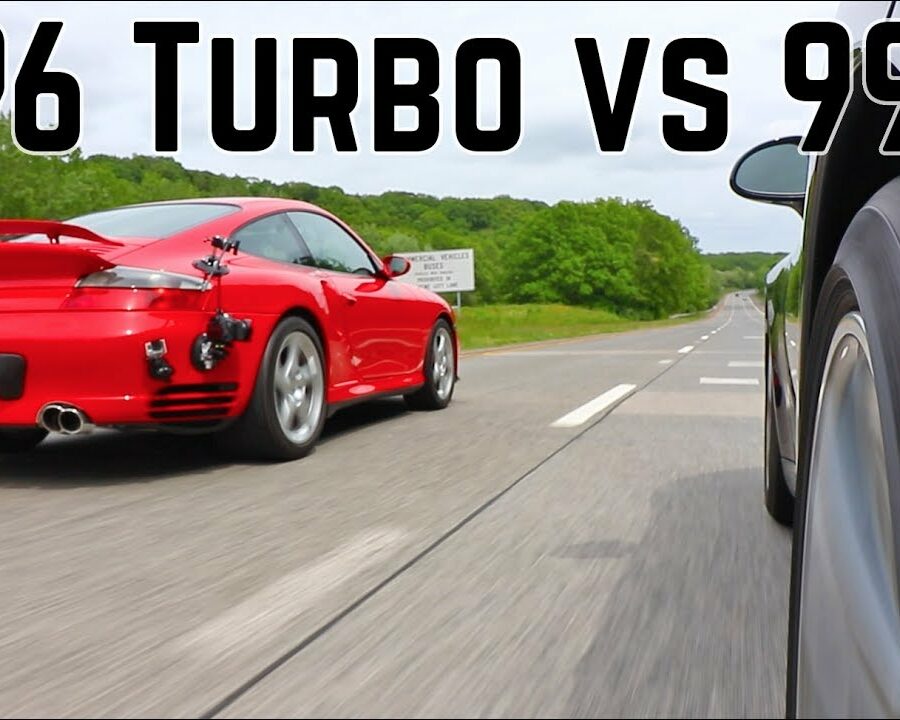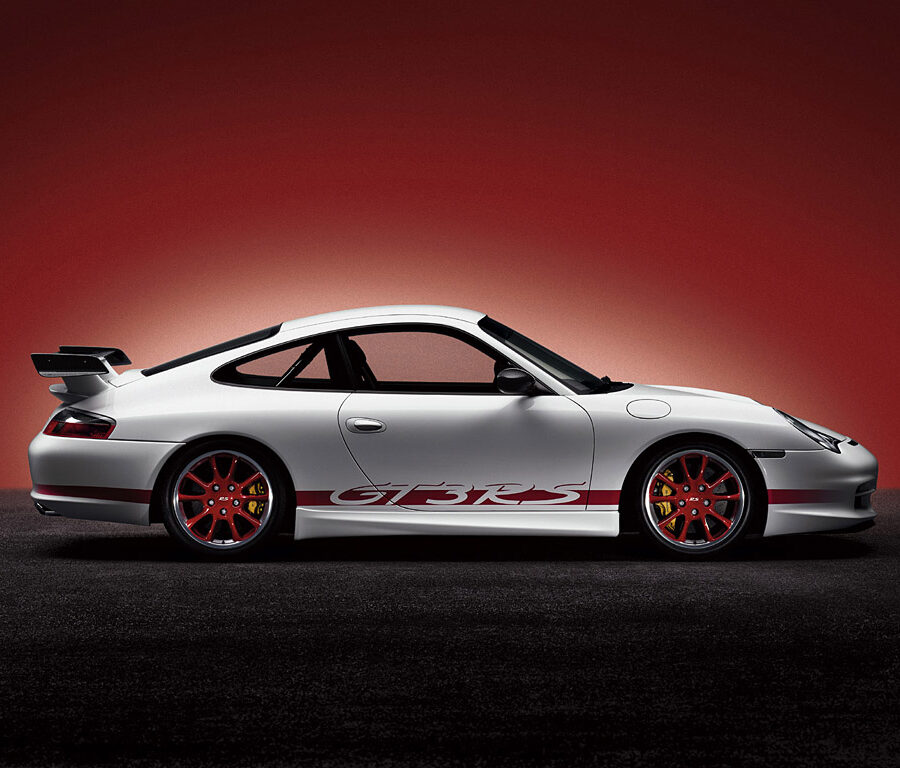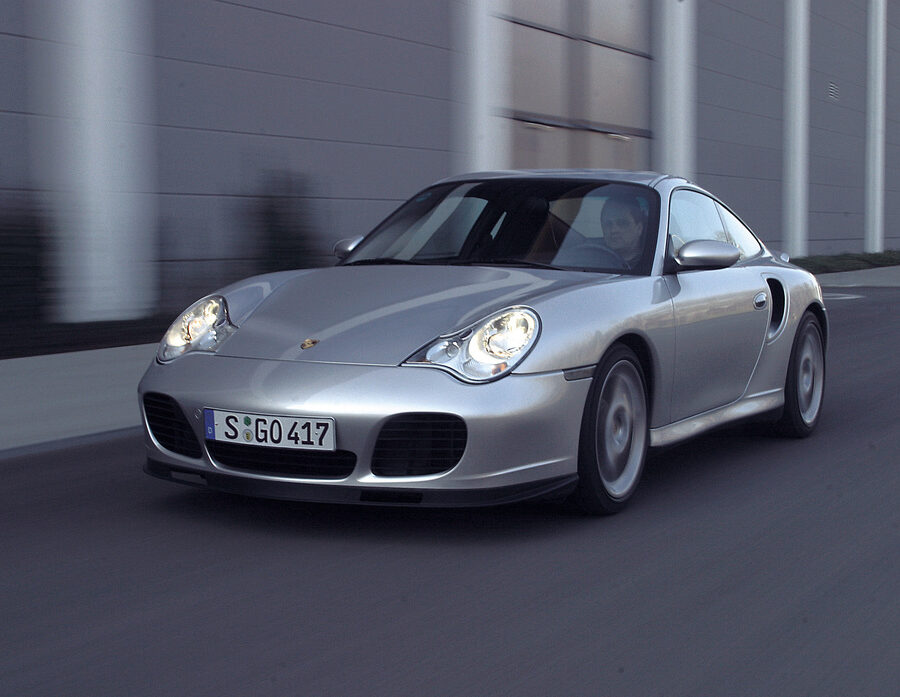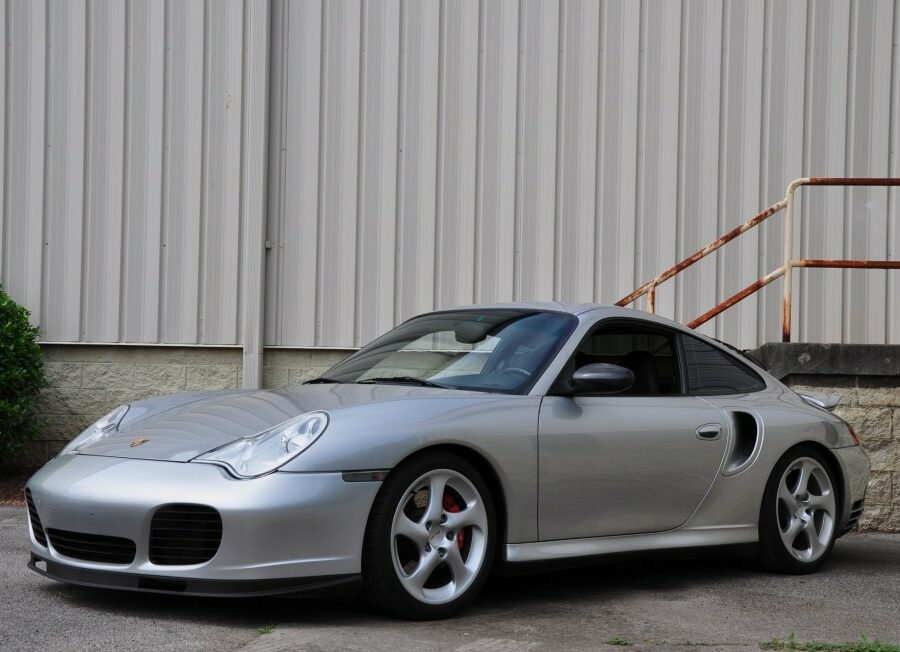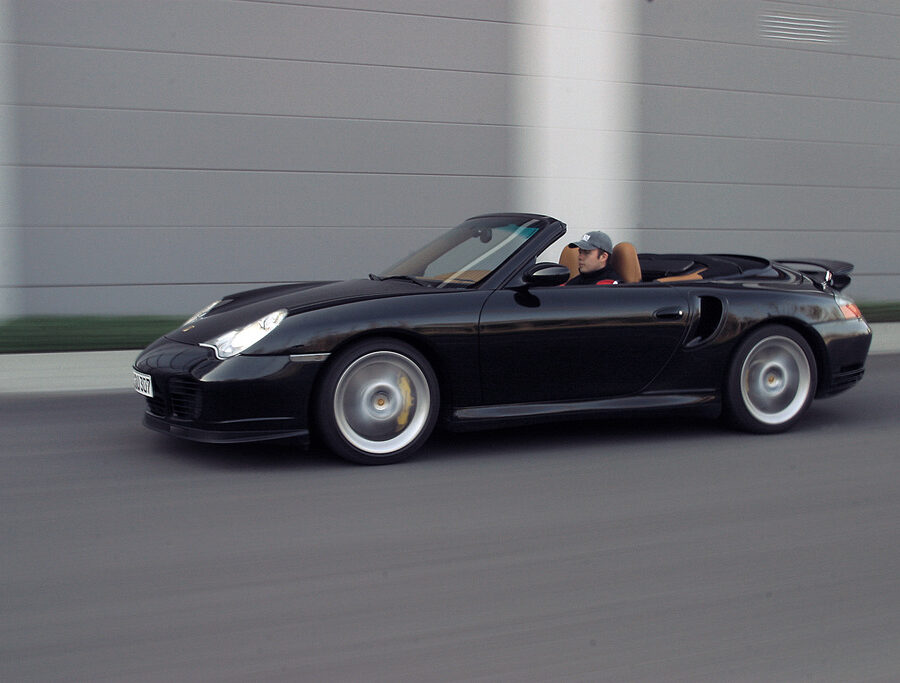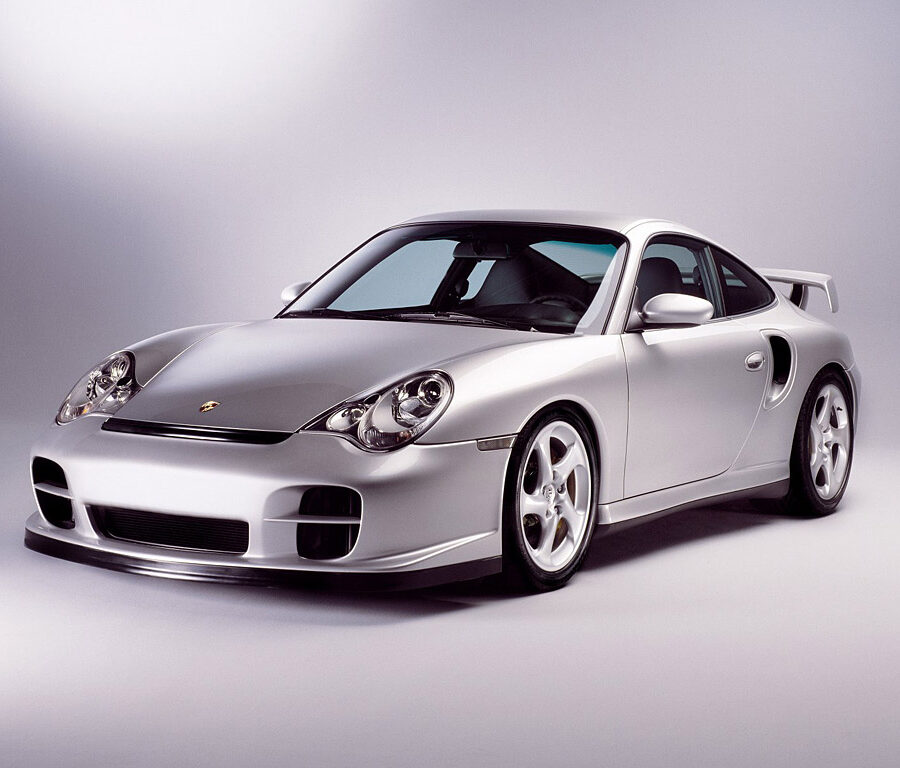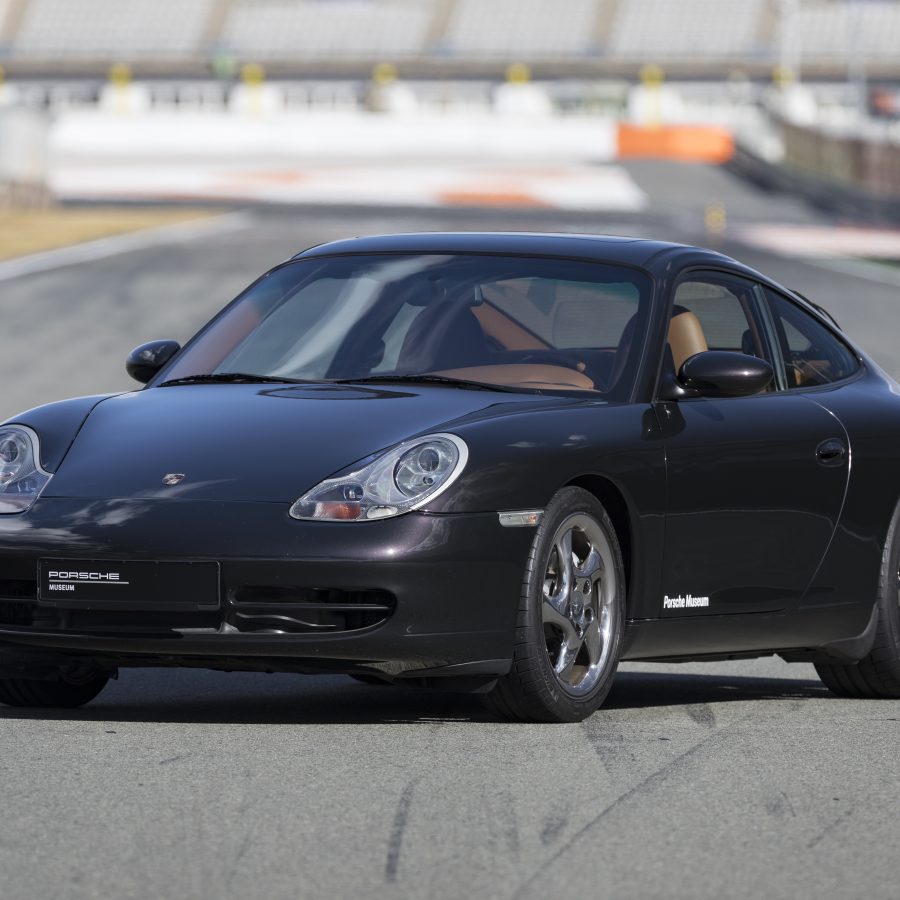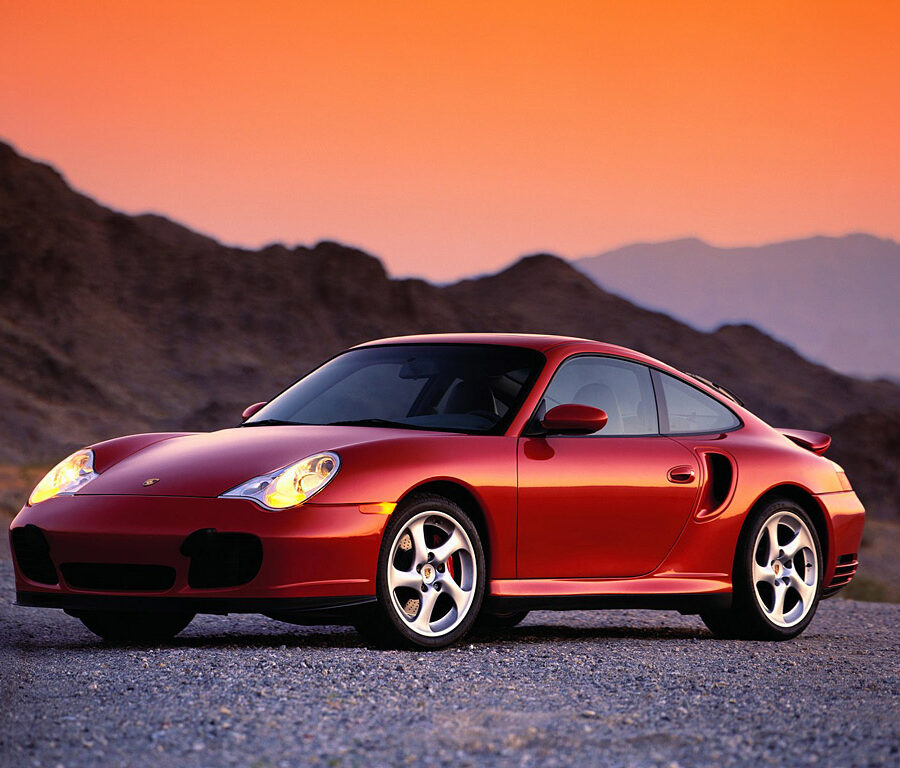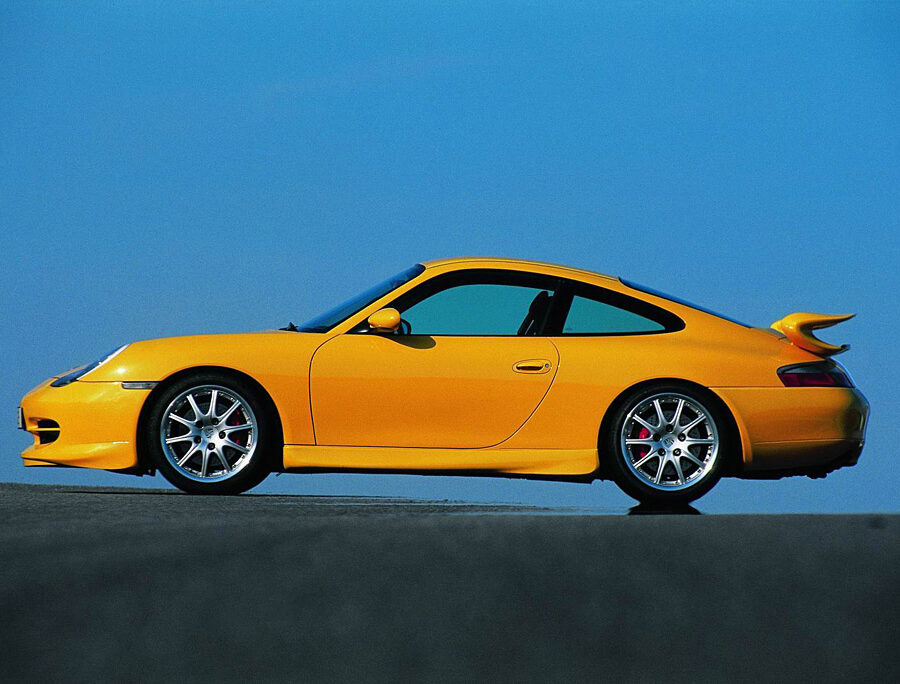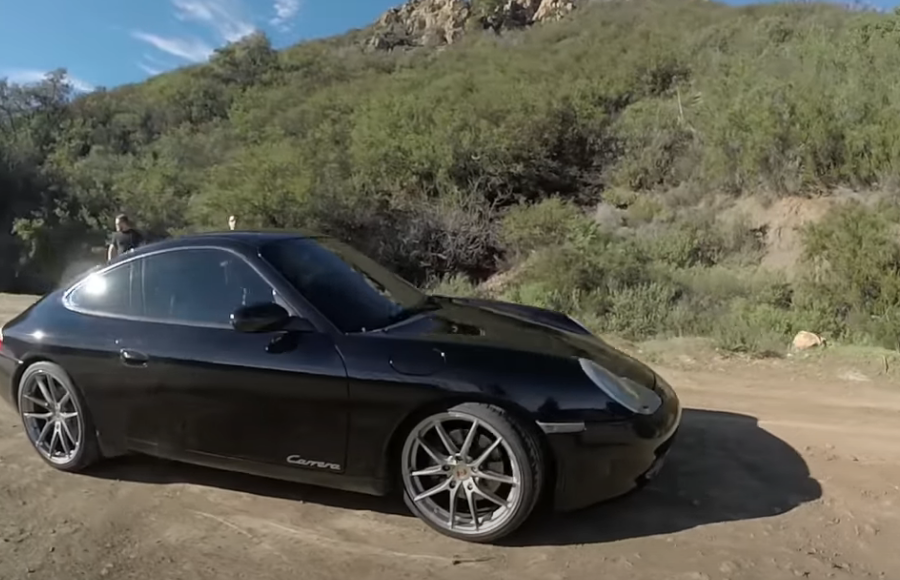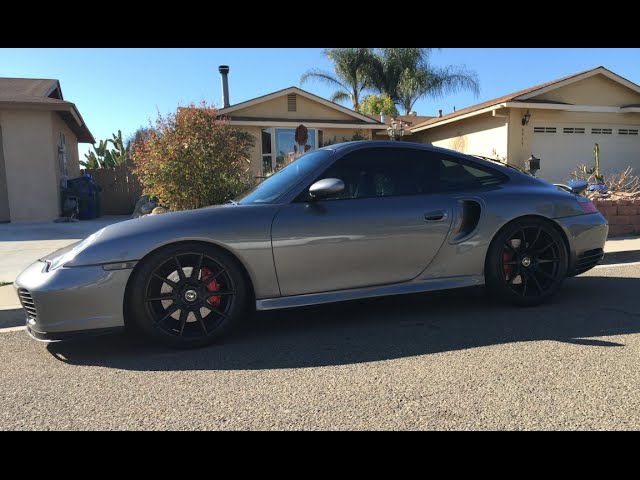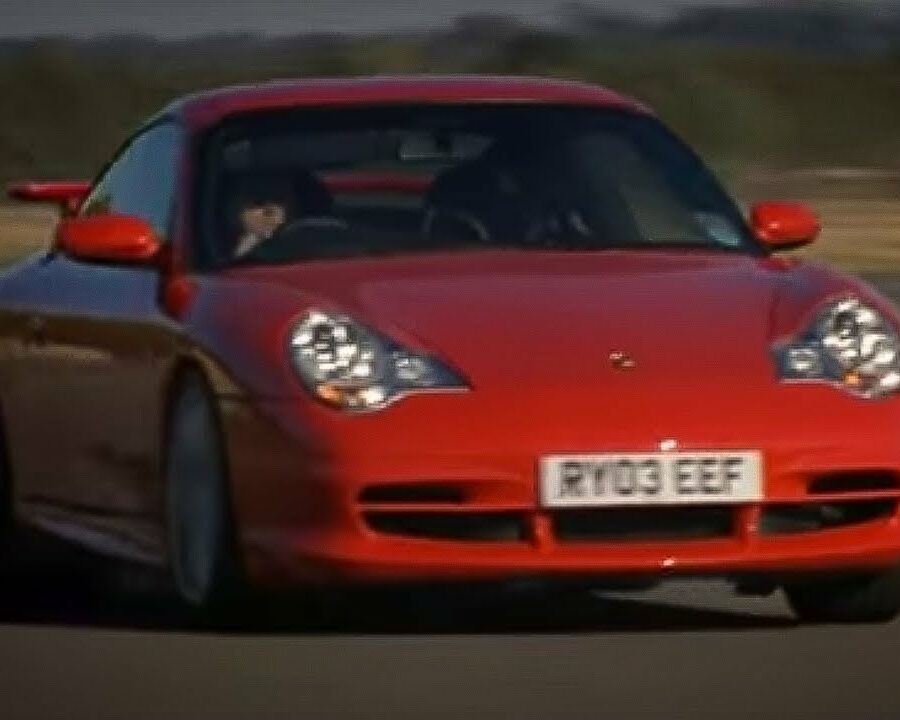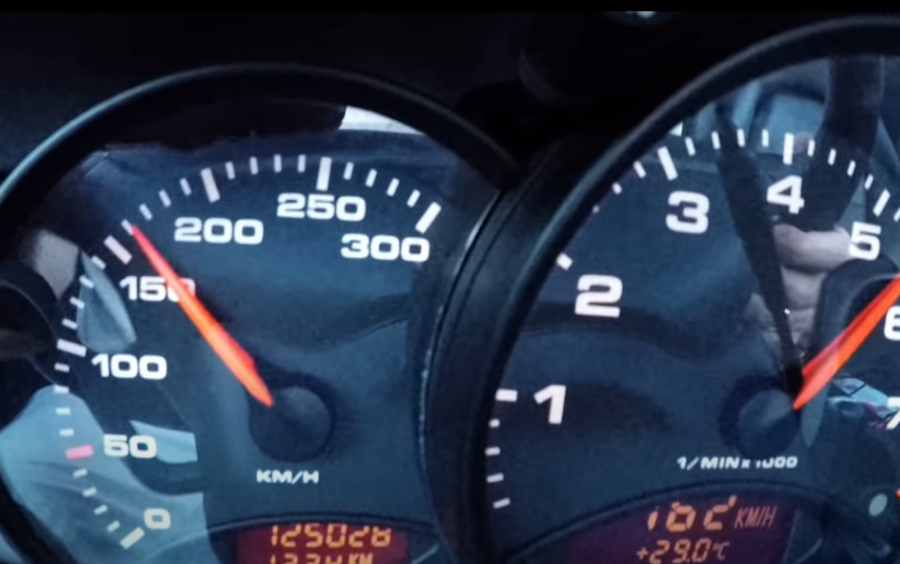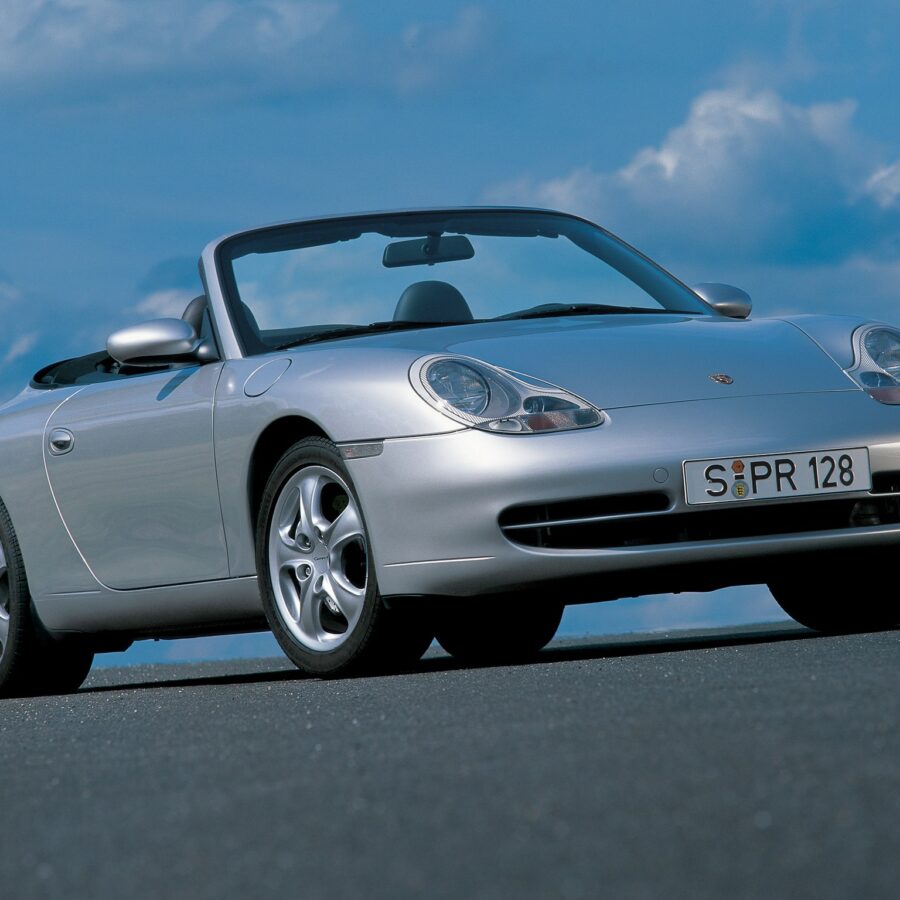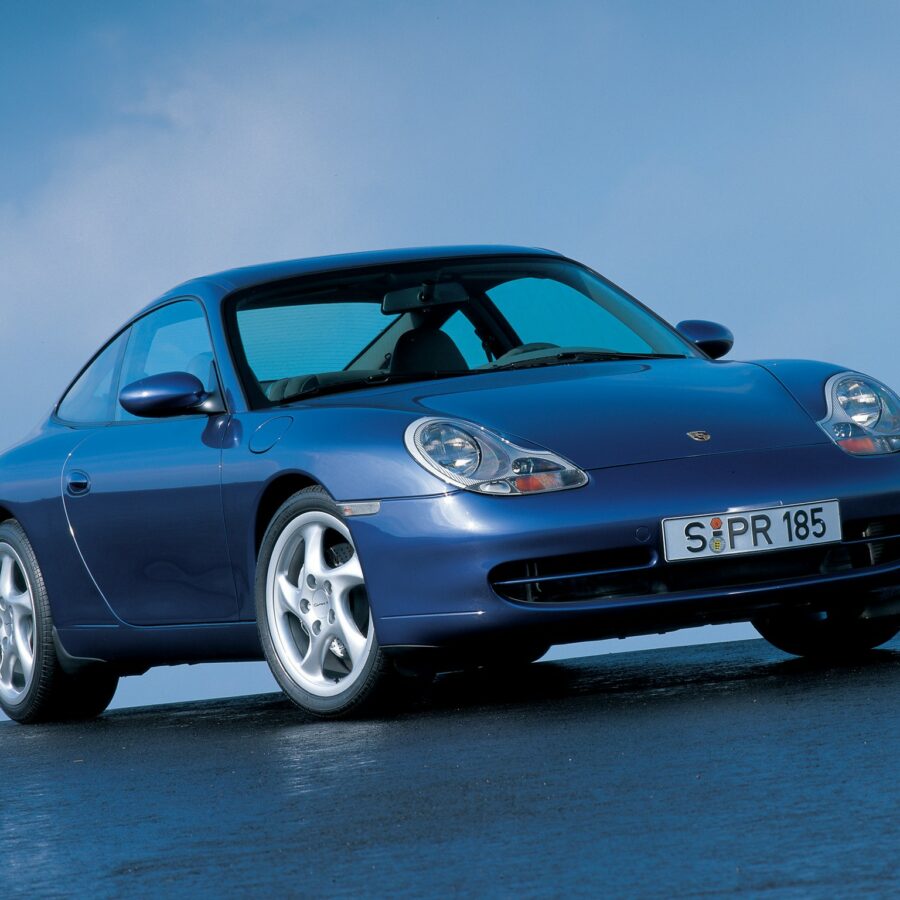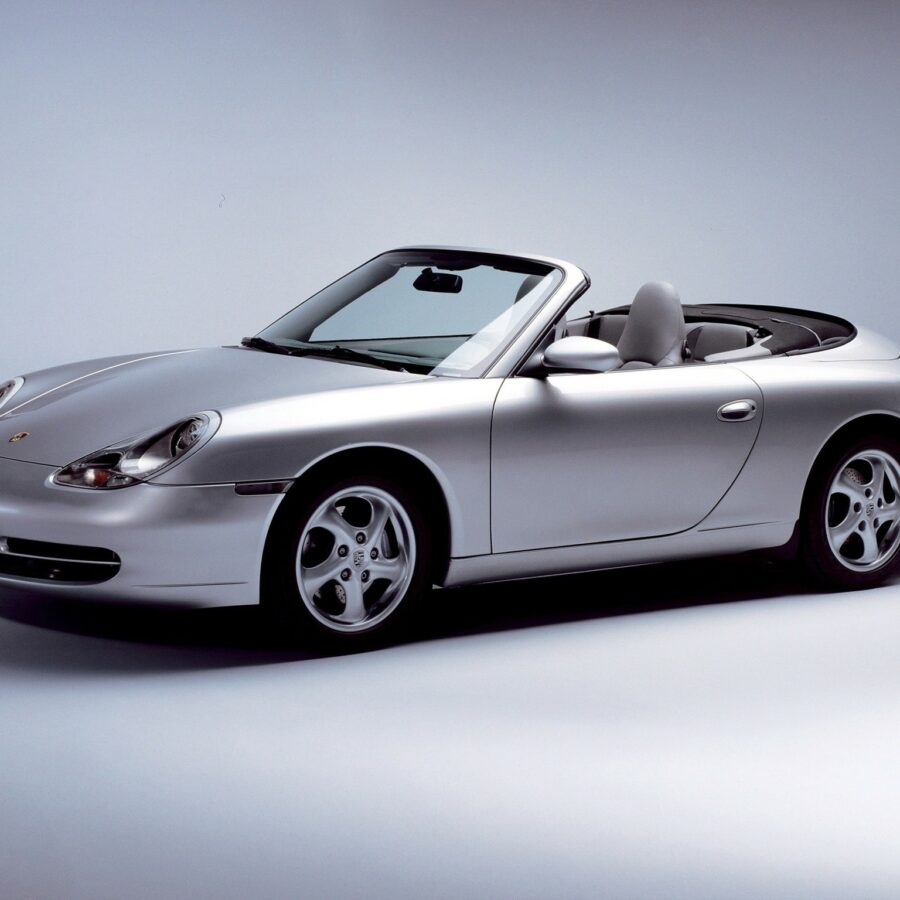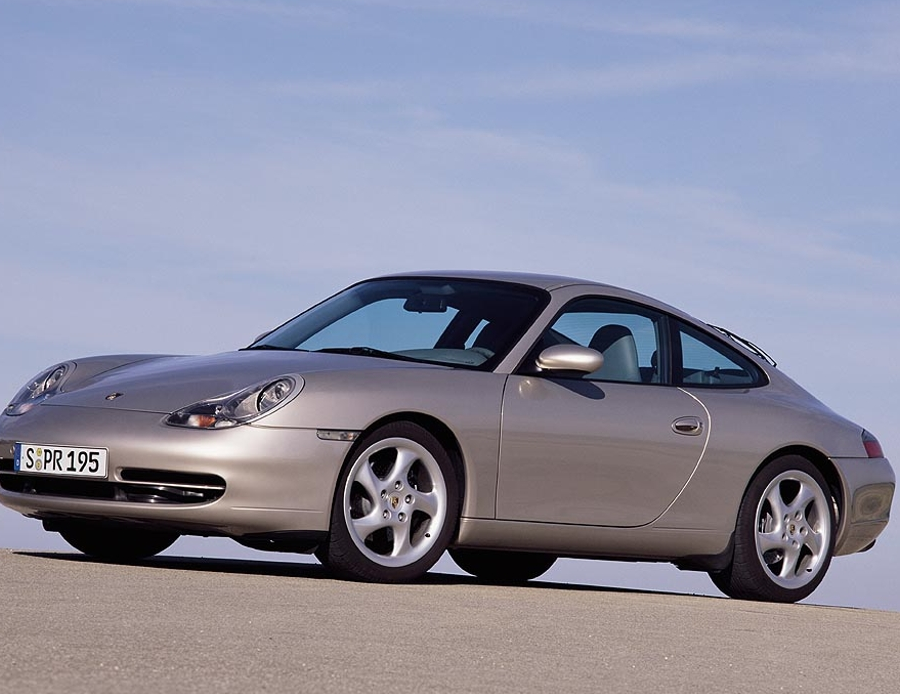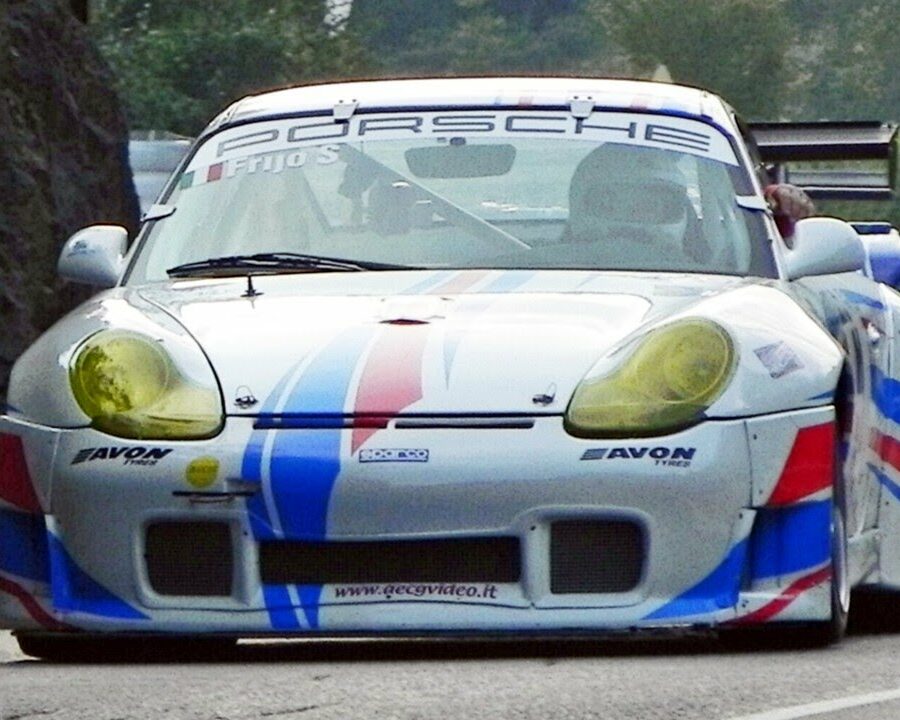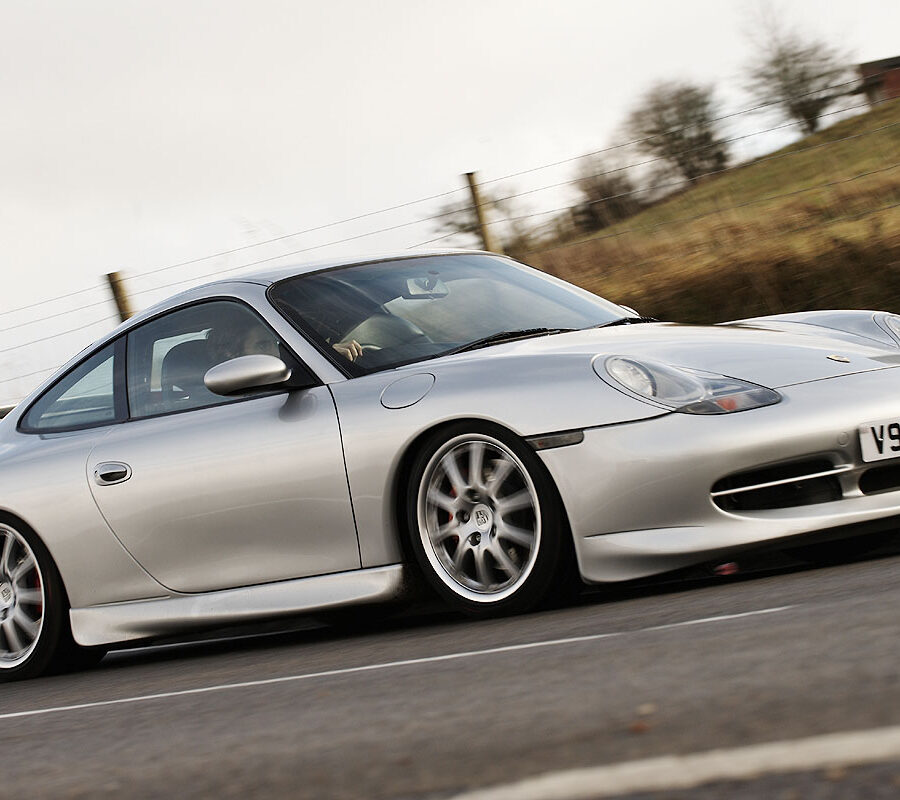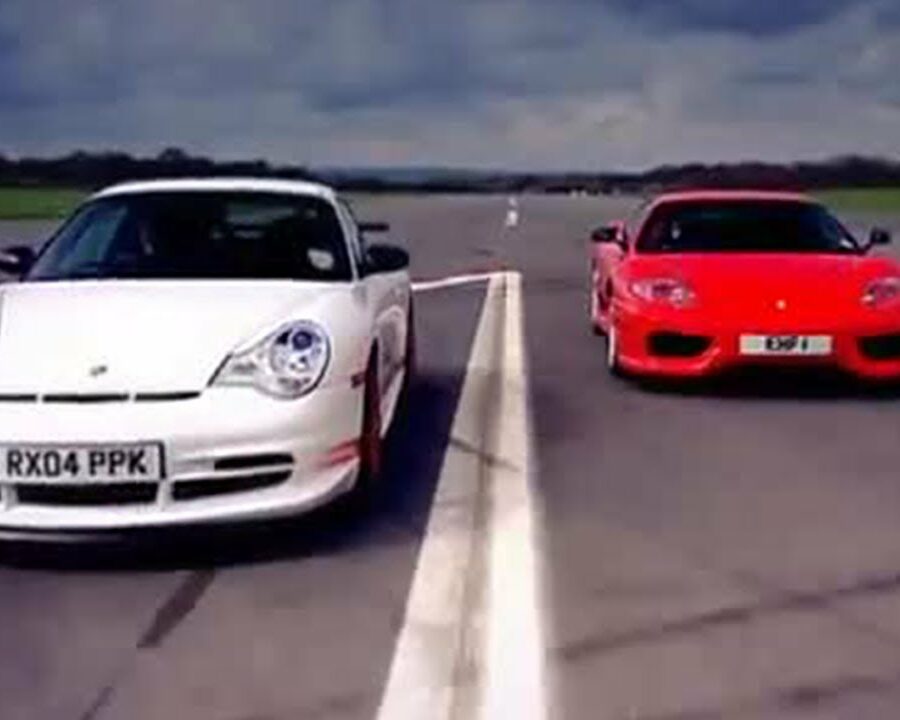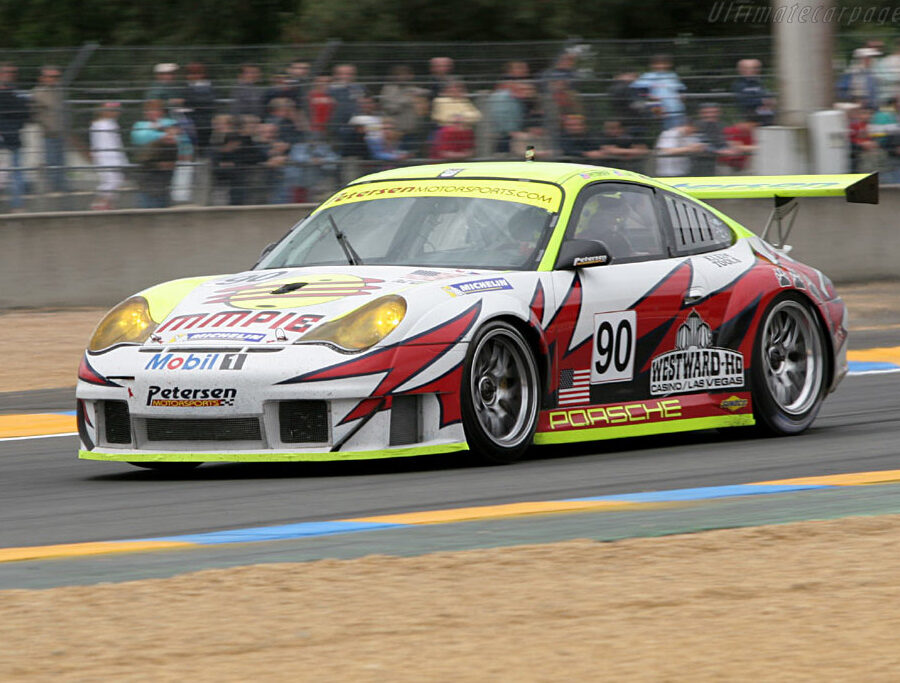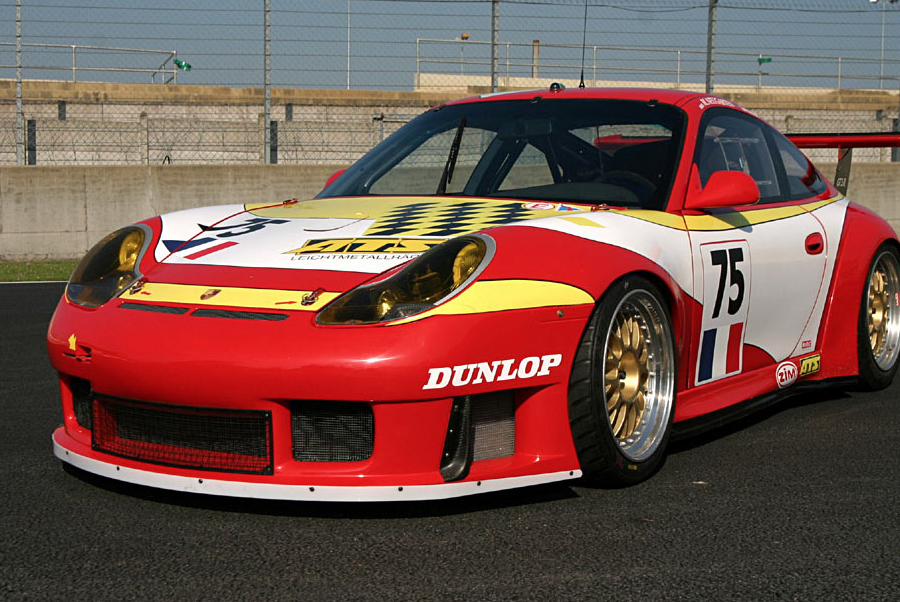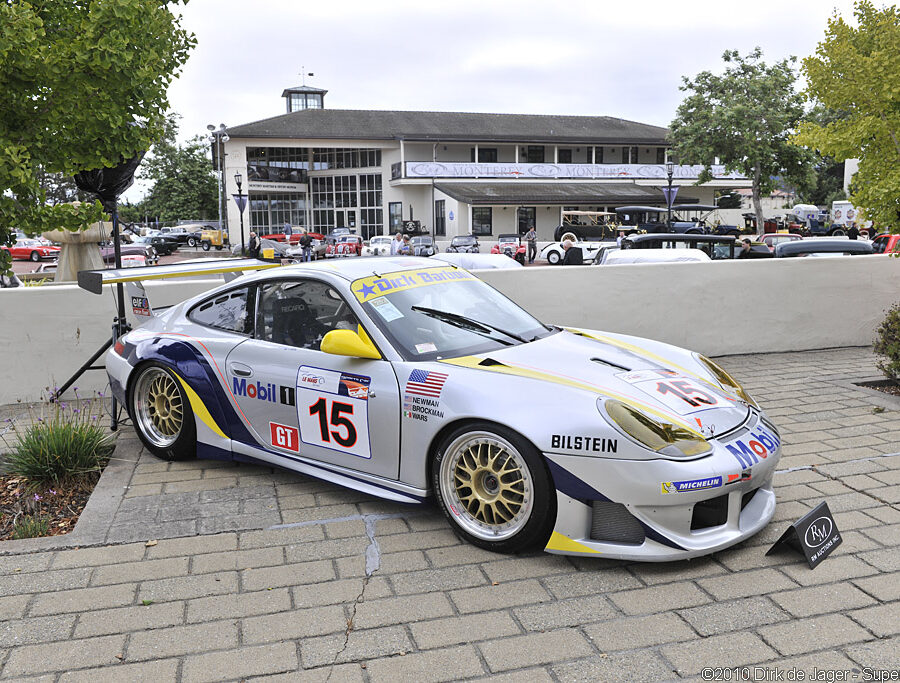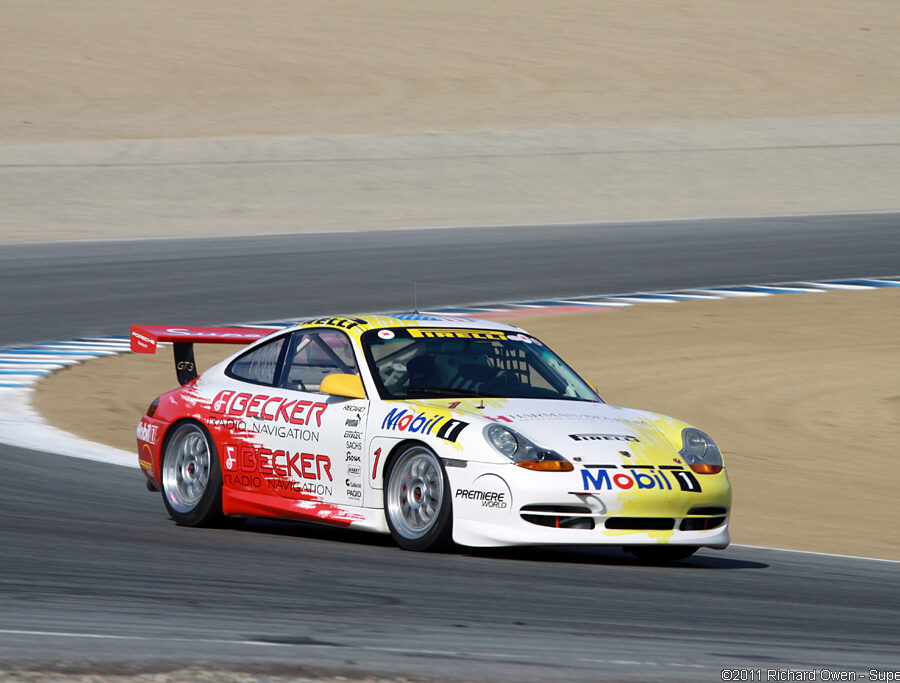Porsche 911 996 (1998 – 2005) – Paint Colors (Exterior & Interior)
Color Options and Samples
Porsche 911 (996) – The Story
The first all new chassis platform since the original 911 and a new water-cooled engine
Porsche 911 996 (1998 – 2006) – Fuses Box Diagram and Amperages List
Carrera, Carrera 4, Carrera S, Carrera 4S, Targa and Turbo
Porsche 911 (996) Maintenance & Service Schedule
Carrera, Carrera S, Carrera 4, Carrera 4S, Targa, Turbo
Porsche 911 GT3 RS (996) (2004)
Defined a new era of super-fast, track-ready cars
Porsche 911 Turbo X50 (996) (2002 – 2005)
X50 Performance Package includes larger K24 turbochargers and intercoolers, a revised ECU and quad exhaust
Porsche 911 GT2 (996) (2001-2005)
Mezger 3.6-liter flat six with rear-wheel drive and amazing performance
Porsche 911 Carrera 4 Millennium Edition (996) (2000)
Millennium Edition models were finished in Chromaflair Violet over a brown natural leather interior
Porsche 911 Turbo (996) (2001 – 2005)
All-wheel drive, twin turbos, and a water-cooled flat-six
Porsche 911 GT3 (996) (2000 – 2001)
The next-step in the evolution of the Carrera RS timeline
Porsche 911 Carrera 4 Cabriolet (996) (1999 – 2001)
The all-wheel-drive system provides between 5-40% of torque to the front wheels depending on the situation
Porsche 911 Carrera 4 Coupe (996) (1999 – 2001)
Coming soon
Porsche 911 Carrera Cabriolet (996) (1998 – 2001)
The Water-Cooled Flat 6 Arrives to The Open Top 911
Porsche 911 Carrera (996) (1998 – 2001)
The Water-Cooled Flat 6 Arrives
Porsche 911 GT3 RSR (996) (2004 – 2005)
For the 2004 and 2005 racing season, Porsche Motorsport used the 911 GT3 RSR. This near-standard racing sportscar aimed to keep private customer teams competitive.
Porsche 911 GT3 RS Race Car (996) (2001 – 2004)
Modeled on the 911 GT3 R, the GT3 RS race cars offered a number of technical improvements
Porsche 911 GT3 R (996) (2000)
In the 2000 FIA GT Championship, the 996 GT3 R was the dominant racer in the new N-GT class and won every run.
Porsche 911 GT3 Cup (996) (1998 – 2005)
Built for racing, the 996 GT3 Cup served as the basis for the 996 GT3 road car.


